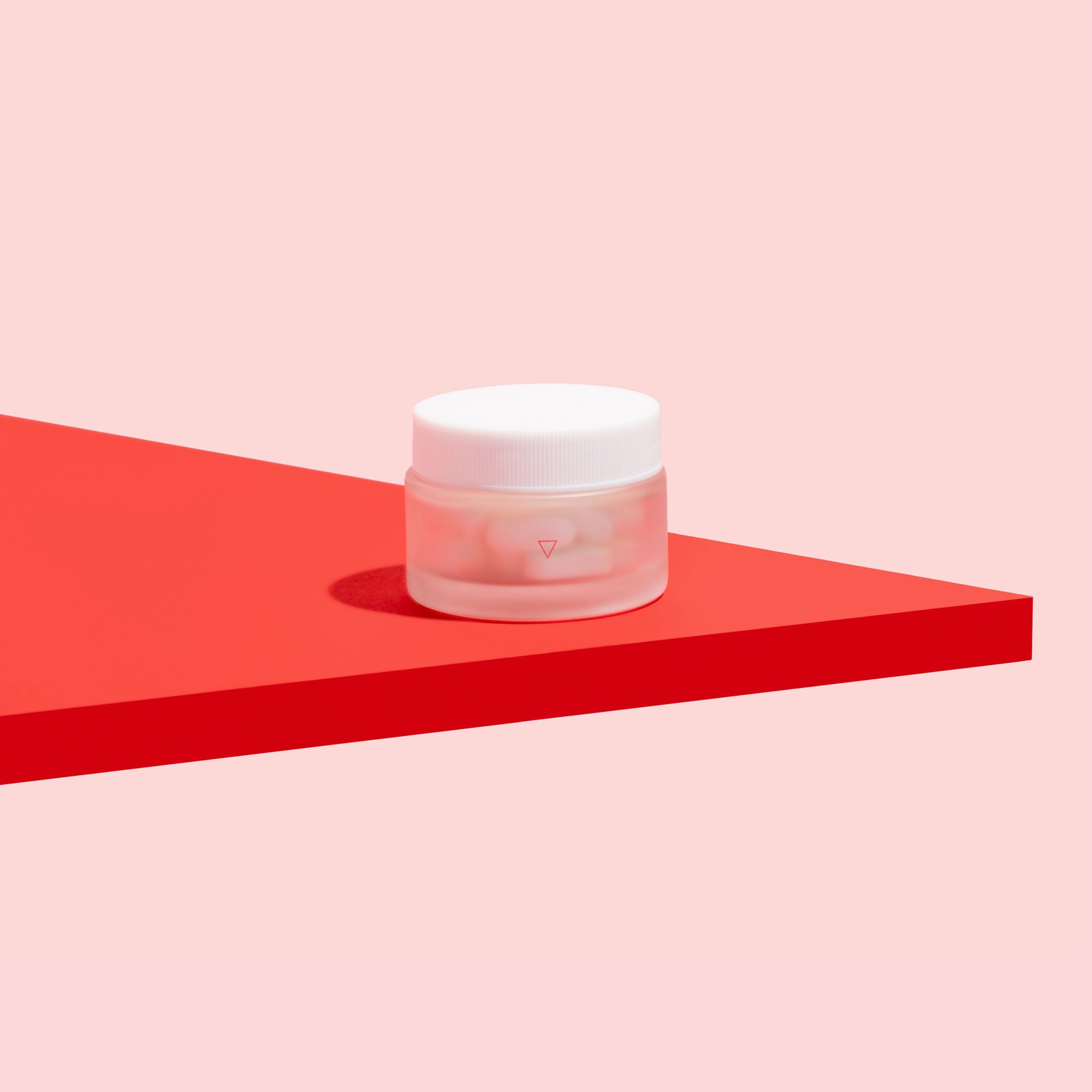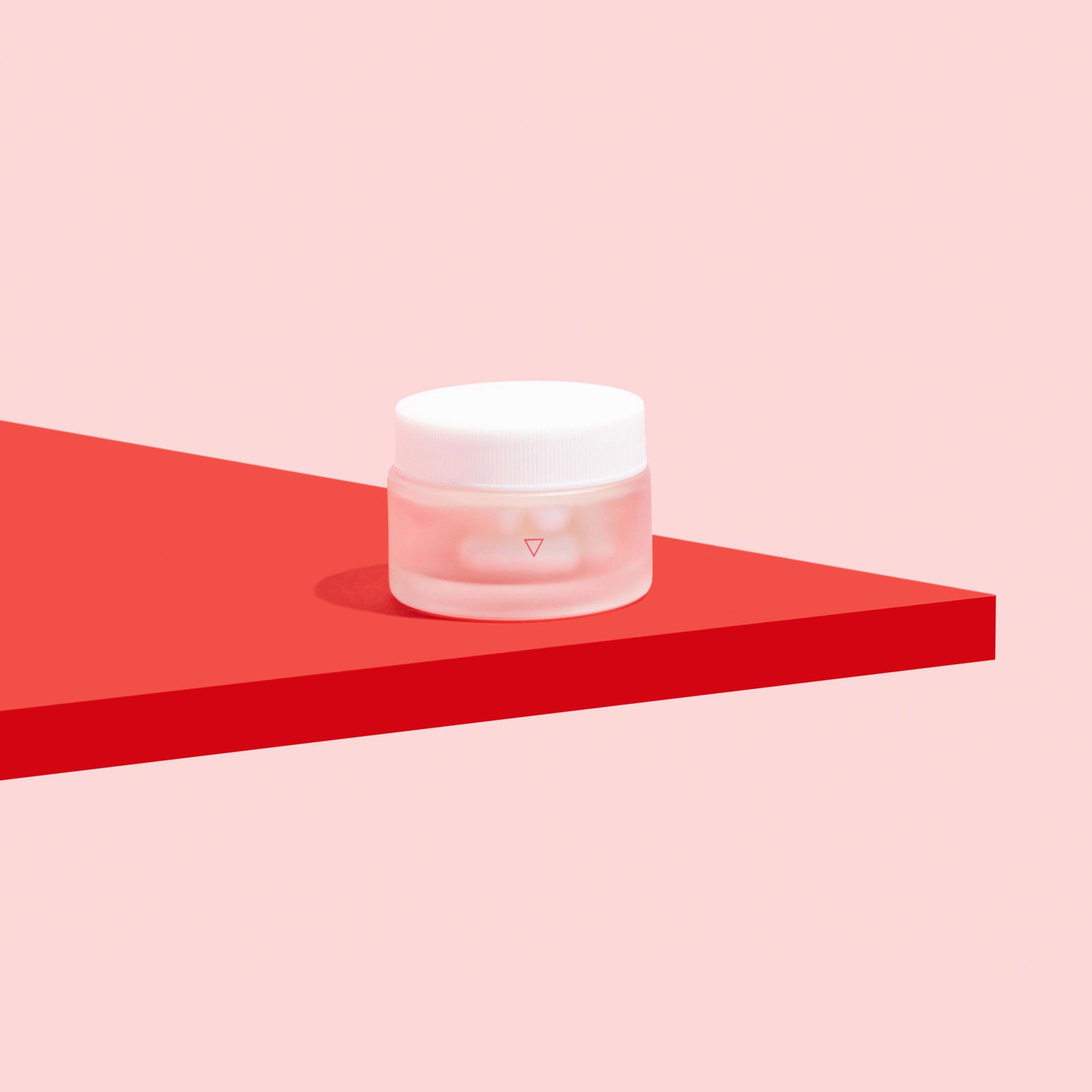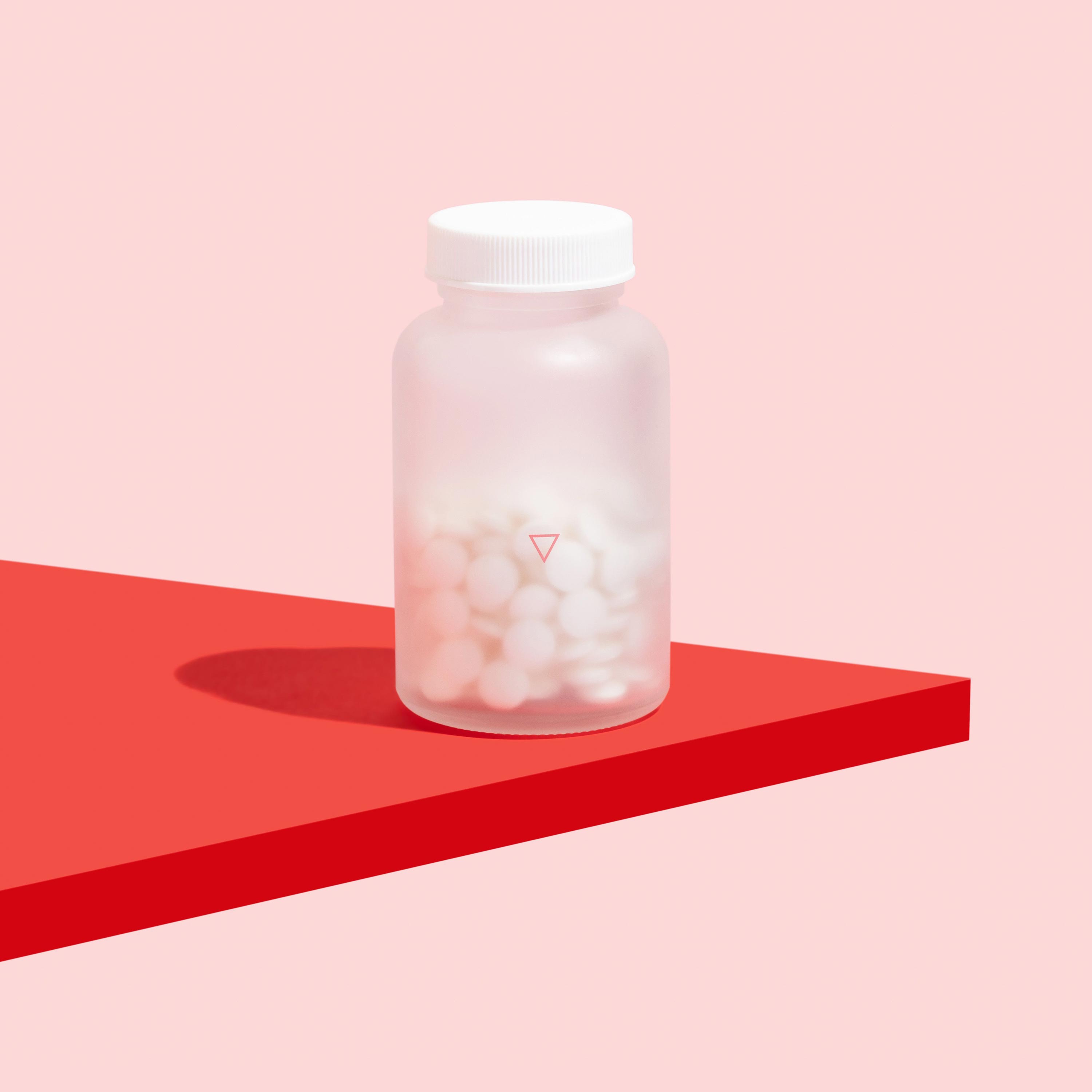
Treating Bacterial Vaginosis:
What You Need to Know
By Lizzie De La Cruz
July 24, 2022
What is bacterial vaginosis?
Before treating bacterial vaginosis, it’s important to understand what it is.
Bacterial vaginosis (BV) is a common vaginal infection that happens when some normal bacteria that live in the vagina is disrupted and begins to grow out of control, causing a bacterial imbalance. Symptoms may include itching, pain, and an off-white or gray vaginal discharge that smells “fishy.” In some people, BV goes away without treatment. In others, treating bacterial vaginosis requires antibiotics to restore balance.
The vaginal microbiome
The vagina is home to multiple types of bacteria that create a microbiome, just like in your digestive system. A healthy vagina naturally contains many different types of bacteria. Some are helpful (“good” bacteria) and others are harmful (“bad” bacteria). If “good” bacteria are unable to keep harmful bacteria in check, bacterial vaginosis can occur.
Bacterial vaginosis happens when some of the vaginal bacteria grow more quickly than others. Too much of one type of bacteria leads to an imbalance. Bacterial vaginosis is the most common vaginal infection for women ages 15 to 44. In fact, an estimated one in three women will deal with BV at some point during their lives.
Is BV an STI?
Here’s a common myth that BV is sexually transmitted—this isn’t the case. BV is linked with sexual activity and having multiple sexual partners can make it more likely that you will experience BV. However, researchers believe this has more to do with exposure to different kinds of bacteria and the way that sex can disrupt the vagina’s natural balance. These factors makes bacterial overgrowth more likely, but you are not “catching” BV bacteria from your partners.
How to treat BV
Before treating bacterial vaginosis, doctors usually diagnose by asking questions about medical history, and previous vaginal infections. They also perform a pelvic exam, visually examining the vagina for signs of infection and inserting two fingers into the vagina while pressing on the abdomen with the other hand, to check the pelvic organs for signs that may indicate disease.
In treating bacterial vaginosis, doctors may prescribe one of the following medications:
- Metronidazole (Flagyl, Metrogel-Vaginal). It may be taken as a pill by mouth (orally). It’s also available as a topical gel inserted into the vagina. To reduce the risk of stomach upset, abdominal pain, or nausea while using metronidazole, avoid alcohol during treatment.
- Clindamycin (Cleocin, Clindesse) are available as a cream inserted into the vagina. Clindamycin cream may weaken latex condoms during treatment and for at least three days after you stop using the cream, so you’ll want to avoid intercourse during and after your treatment if you aren’t trying to get pregnant and you rely on condoms as your primary source of birth control and STI protection.
- Tinidazole (Tindamax). Taken orally, tinidazole has the same potential for stomach upset and nausea as oral metronidazole does. You’ll want to avoid alcohol during treatment and for at least three days after completing treatment.
- Secnidazole (Solosec), is an antibiotic you take orally in one dose. Secnidazole comes as a packet of granules that you sprinkle onto a soft food, such as applesauce, pudding, or yogurt. Eat the mixture within 30 minutes, being careful not to crunch or chew the granules.
Can I treat BV with probiotics?
Often, treating bacterial vaginosis also includes probiotics. They won’t cure a BV infection on their own, but probiotics are helpful bacteria that can help restore vaginal balance and taking probiotic supplements may help introduce healthy bacteria into the body. There is growing evidence that taking probiotic supplements daily can help in treating bacterial vaginosis and possibly prevent it.
To treat bacterial vaginosis, it’s very important to take all prescribed medication or use the cream or gel for as long as the doctor prescribed it — even if symptoms go away. Stopping treatment early may increase the risk of recurrence. Get prescription treatment fast from Wisp and get back to your life!

BV Antibiotics (Tablets or Gel)
Request topical or oral prescription antibiotics to treat bacterial vaginosis
Starting at $15.00
Get Started
Boric Acid Suppositories
An over-the-counter vaginal suppository custom made to help prevent & relieve infections.
Starting at $27.00
Get Started
Wisp Basic Probiotics
Designed for basic daily support for gut and vaginal health, or to counterbalance mild side effects from antibiotics.
Starting at $9.00
Get Started
